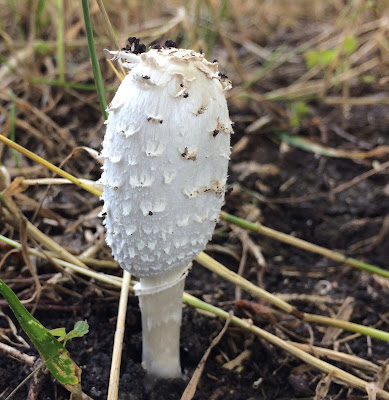Identifying Unknown Plants/Mushrooms
You can actually post pictures of your plant on the Facebook pages but it helps if you've done some preliminary research on what it might be. Asking "Is this a...?" will get you a water response than "What is this?". Multiple, CLEAR, pictures of leaves, flowers, fruit, etc along with information about the location and environment in which it was found helps tremendously.
www.facebook.com/ForagingTexas/
www.facebook.com/groups/texasflora/
Weeds Websites
Weed Alert
Weed ID
Preen Weed ID
Weeds Apps
Apple ID Weeds
Google ID Weeds
Different Weed ID App
Monsanto Weed ID
Weeds Books
Weeds (A Golden Guide from St. Martin's Press)
Brush and Weeds of Texas Rangelands
Vines Websites
Vines of Central Texas (pdf file)
Vines Books
Trees, Shrubs, and Vines of the Texas Hill Country (Jan Wrede)
Wildflower Websites
Texas Wildflower Pictures
UT Wildflowers Guide
Aggie Hort Wildflowers Guide
MyWildflowers.com
Wildflowers.org
Wildflower Apps
East Texas Wildflowers (also available as Apple app)
West Texas Wildflowers (also available as Apple app)
Wildflower Books
Wildflowers of Texas (Geyata Ajilvsgi)
Trees Websites
Texas Trees Identification
Arbor Day Foundation Tree Identification
Tree Apps
LeafSnap
Tree App
Tree Books
Trees, Shrubs, and Vines of the Texas Hill Country (Jan Wrede)
Trees of East Texas (Robert Vines)
Freshwater Plant Websites
A&M Aquaplant
Freshwater Plant Books
Weeds (A Golden Guide from St. Martin's Press)
Coastal Plant Websites
Gulf Coast Plants
Coastal Plant Books
Marine Plants of the Texas Coast (Roy Lehman)
West Texas Plant Websites
Trans-Pecos Plants
Mushrooms Websites
Mushroom Expert
Texas Mushroom ID Facebook
Mushroom Apps
Roger's Mushrooms
Mushroom Books
100 Edible Mushrooms (Michael Kuo)
Texas Mushrooms
North American Mushrooms
Buy my book! Outdoor Adventure Guides Foraging covers 70 of North America's tastiest and easy to find wild edibles shown with the same big pictures as here on the Foraging Texas website.
Identification and Treatment of Poison Ivy
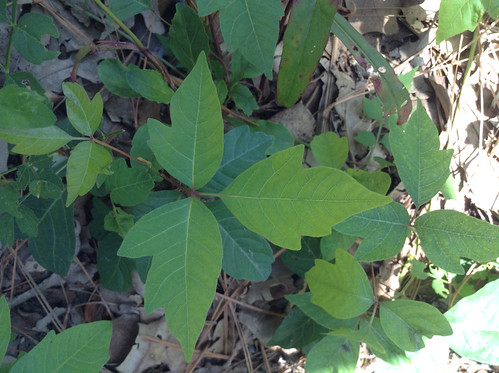
If you are a forager one of the first plants you need to be able to recognize is Poison Ivy...in all it's disguises. This is the true bane of those who wander the wild (and not so wild!) places. If you are allergic to the urushiol oil it produces this plant can cause havoc with you any time of the year. Time and again people suffer reactions internally from breathing the smoke from burning logs with a Poison Ivy vine attached. Due to the hard-to-remove properties of urushiol, clothes or pets that brushed against this terrible vine can cause a rash long after initial contact had occurred. Luckily, Poison Ivy has several distinctive features that make it easy to train your eye to spot it regardless of its attempts to hide!
Let's start with something almost everyone has heard "Leaves of three, let it be!" Okay, sounds good but what does this actually mean? Well, every variation of Toxicodendron radicans will have compound leaves consisting of three leaflets. While there are non-dangerous plants with compound leaves having three leaflets it is good to be wary when first encountering such a plant until further observations can be made.
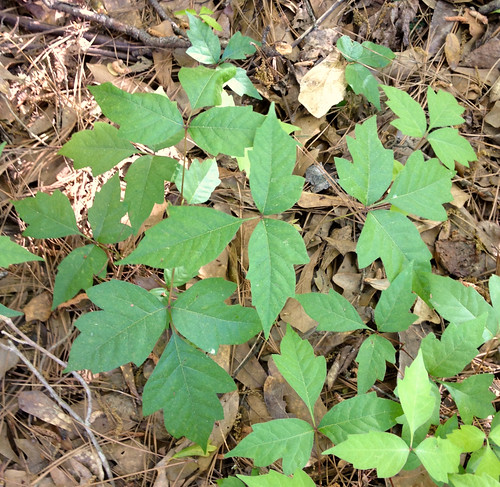
Looking at the pictures here notice that the center leaf is mostly (but not always perfectly) symmetrical, having very similar shape and area on either side of its center vein. However, the two side leaflets are asymmetrical with the side nearer the center leaflet being significantly thinner in area than the sides away from the center leaflet. The "away" sides will be much thicker and will usually have one or more lobes. Think of these side leaflets as being mitten-shaped with their thumbs pointing away form the center leaf.
These three leaflets can vary in "pointy-ness" ranging from almost like spearheads down to rounded ovals. In each case though the symmetrical/asymmetrical areas of the center/sides leaves will remain.
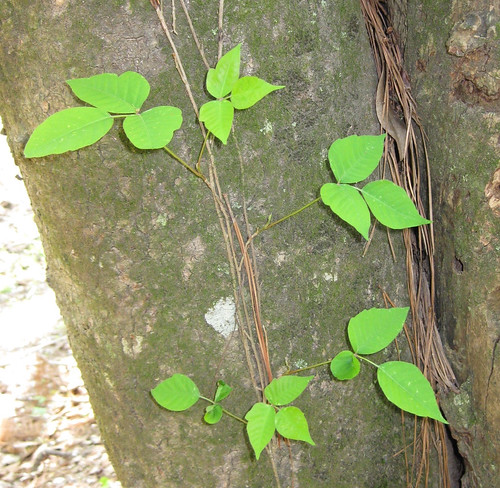
Another annoying thing that interferes with identification of poison ivy is that its leaves can vary in size from barely an inch across up to the size of dinner plates. If you are used to one size leaflet you may not spot a much bigger/smaller version until it's too late.
Now lets look at the plant in its entirety. It is a vine which can creep along the ground but prefers to climb up trees, fences, walls, or any other vertical surface it can grab. How does it grab the surface? Not using a few long tendrils like Grapes or Passionvine but rather with thousands of short hairs which hold the vines tightly against the tree/wall/old tractor/etc. In Texas (and other states of lesser importance) its always smart to avoid touching hairy vines tight against a surface. Many of these, even though not Poison Ivy, produce sap which can still cause irritation and rashes on bare skin.
Hairy vines = bad vines!
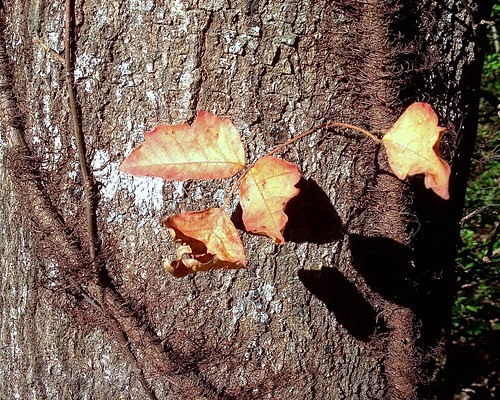
Poison Ivy creeping along the ground.
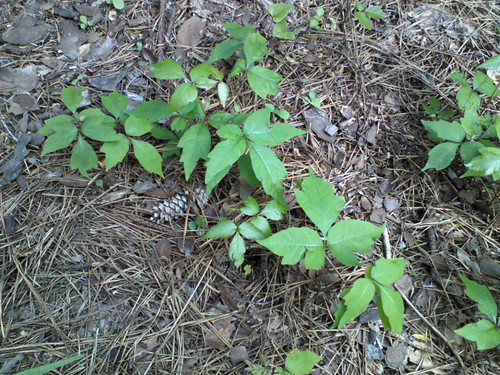
Since Poison Ivy is so good at protecting itself, it won't have any thorns. If you find a vine with thorns it won't extrude urushiol...but still pay close attention! Poison Ivy looks to climb the same trees as thorny vines such as Greenbriar, often even wrapping itself around the greenbriar vine itself. That sucks because greenbriar is delicious.
Poison Ivy flowers are green-yellow and appear in clusters. Soon they are replaced by small, green berries which turn white upon reaching maturity. The berries will have a small dot opposite their stem, making them look a bit like eyes. White berries are somewhat rare in the wild and so make a good warning that you've entered an area with Poison Ivy! Birds are unaffected by urushiol and love to feast on these plentiful fruit...thereby spreading Poison Ivy wherever they fly to.
Young, green berries before they turn white.
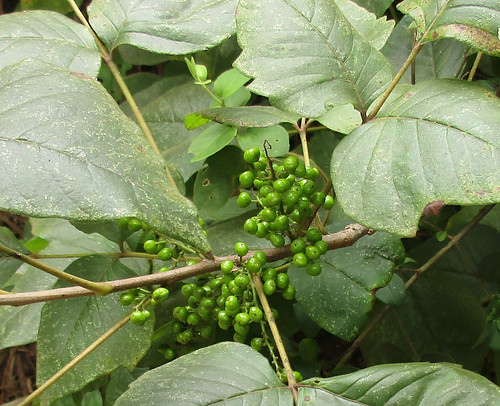
In the fall Poison Ivy leaves turn a beautiful red or yellow color, then brown before dropping from the vine. Once the leaves have dropped the hairy vines are easily seen clinging to tree trunks. Young vines will barely be thicker than a pencil lead whereas many-year old vines can be two inches thick or more.
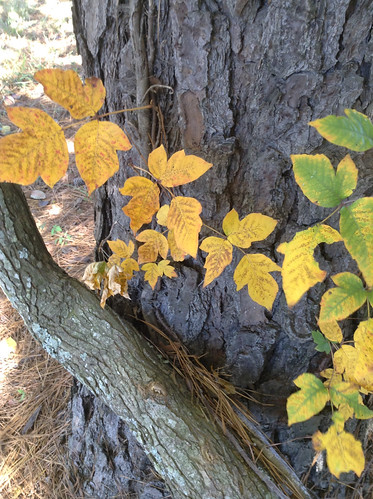
Many people claim to be resistant to Poison Ivy's urushiol and that is quite likely. The rash is actually an allergic reaction rather than a specific chemical attack. However, like all allergies one can suddenly (and usually permanently!) develop an allergic response to Poison Ivy even after years of no effect. Doesn't that just suck?
Sometimes you'll hear of someone reversing their allergy to Poison Ivy by eating one of its leaves every day when they first appear in the spring. I have not tried this as it just sounds like a bad idea to me!
If you know you're going into an area heavy with Poison Ivy I strongly recommend coating your skin with Workman's Friend Skin Barrier Cream as prevention against the urushiol from coming in contact with your skin. Please note that this barrier cream only offers protection for about four hours and it doesn't protect your clothing from absorbing this nasty plant oil. Also in light of full disclosure, I currently work for the company that produces Workman's Friend Skin Barrier Cream
If you do accidentally touch Poison Ivy the best treatment I've found is the Tecnu product line, which whom I have no financial interest. Within the first eight hours of contact use Tecnu Original Poison Oak & Ivy Outdoor Skin Cleanser, ideally before any rash appears. If your skin is already blistering carefully use Tecnu Extreme Medicated Poison Ivy Scrub to remove any residual urushiol and help heal the rash.
If you didn't buy Tecnu in advance and no blisters have yet appeared you can try scrubbing very thoroughly with some sort of mechanics soap that's specifically designed to remove engine oil and grease. Supposedly this can be somewhat effective.
Buy my book! Outdoor Adventure Guides Foraging covers 70 of North America's tastiest and easy to find wild edibles shown with the same big pictures as here on the Foraging Texas website.
Elm Oyster Mushroom
Scientific Name(s): Hypsizygus ulmarius
Abundance: uncommonWhat: cap, stem
How: cooked
Where: on dead wood
When: fall, winter, spring
Nutritional Value:
Dangers: Don't mistake Jack O'Lantern mushrooms (Omphalotus olearius) for oyster mushrooms.
COLLECTING MUSHROOM REQUIRES 100% CERTAINTY. WWW.FORAGINGTEXAS.COM ACCEPTS NO RESPONSIBILITY FOR IDENTIFICATION ERRORS BY ANY READERS.
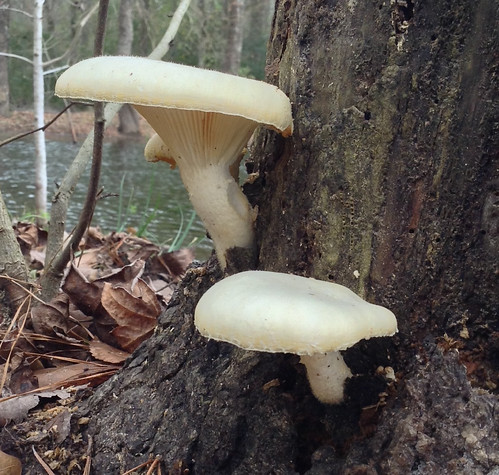
Same mushrooms from a slightly different angle.

Another elm oyster from two angles.


Elm oysters prefer hardwoods, especially damaged elm trees. You will not find them on pines or cedars.
Sandpaper Tree
Abundance: common
What: berries
How: raw, juiced, jelly, jam, wine
Where: sunny, borders, stream banks
When: late summer, fall
Nutritional Value: calories
Dangers: none known
Fruit of Sandpaper tree (aka Knockaway tree aka Anacua tree)

Fruit

Leaves
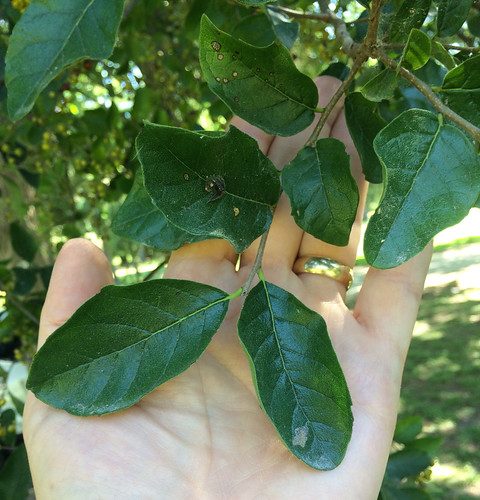
Leaves close-up

Trunk/bark
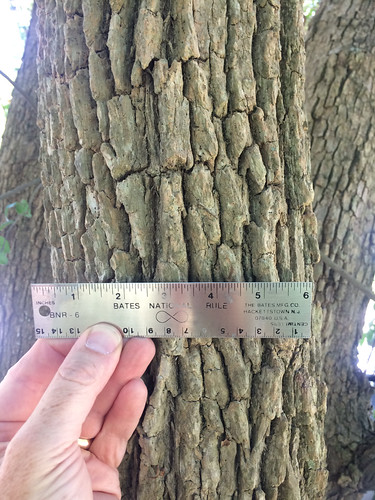
Branches
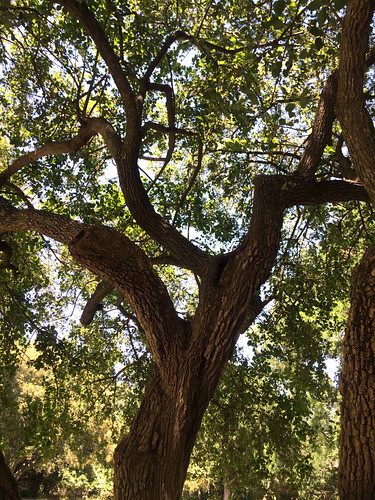
Full tree
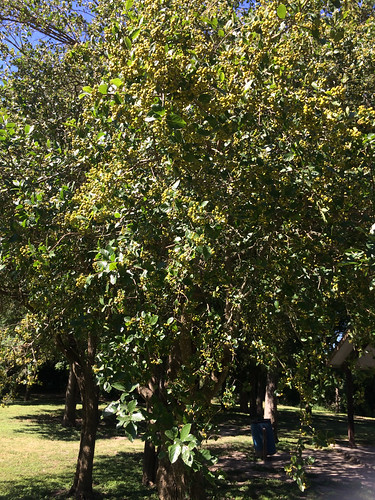
Texas distribution, attributed to U. S. Department of Agriculture. The marked counties are guidelines only. Plants may appear in other counties, especially if used in landscaping.
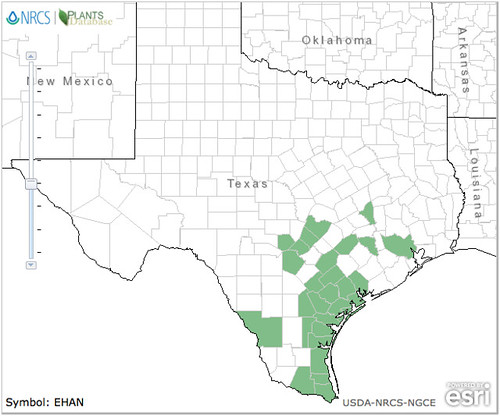
North American distribution, attributed to U. S. Department of Agriculture.
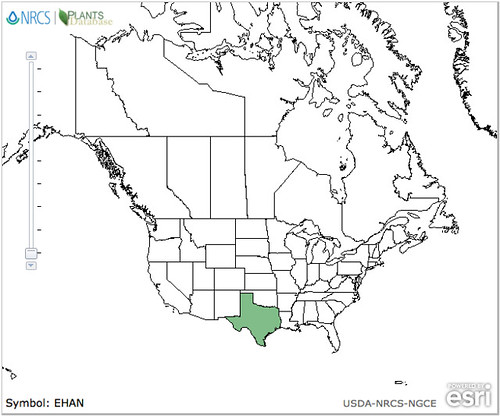
Shaggy Mane Mushroom
What: fruiting body (above ground parts)
How: Cooked
Where: Yards, leaf litter
When: spring, summer, fall
Nutritional Value: selenium, potassium, magnesium, vitamin D, and vitamin B6
Dangers: All wild mushrooms must be cooked before eating
COLLECTING MUSHROOM REQUIRES 100% CERTAINTY. WWW.FORAGINGTEXAS.COM ACCEPTS NO RESPONSIBILITY FOR IDENTIFICATION ERRORS BY ANY READERS.
Harvesting triggers this melting, so be ready to cook them soon after picking. They can be used in all the traditional mushroom recipes but as with all wild mushrooms, they must be cooked to help break down their chitin, making it more digestible. Uncooked chitin causes stomach issues in many people. My personal favorite way to use them is in red sauces over pasta.
Buy my book! Outdoor Adventure Guides Foraging covers 70 of North America's tastiest and easy to find wild edibles shown with the same big pictures as here on the Foraging Texas website.
Emergency Preparedness Sanitation - Self Hygiene
The discovery that staying clean prevents many illnesses was one of the key factors in extending our lifespans. In the modern world this is as simple as a twist of the faucet and a squirt of soap. But when there's no water coming out of the tap, what do you do? In this post I'll be sharing alternative ways and hygiene priorities in a grid-down situation. This will cover personal hygiene when:
I. Priorities
II. No or Low-Water Cleaning Solutions
III. Camp Showers (Improvised or Purchased)
IV. You Have Lots Of Water But Not From Taps
V. Hygiene Supplies To Get/Store Before Grid-Down
Toilet techniques, washing dishes, and washing clothing and bedding will have their own posts.
Section I. Priorities
When you are this limited with cleaning supplies you have to focus on what's most important and that is your hands after urination or defecation. The biggest risk at this point is the transfer of some E. coli or other bad bacteria from one of your exit points back to an entrance point. The most common way this occurs is not washing your hands properly after using the toilet, then having your hands or something they touch come in contact with your mouth or eyes. As nasty as you feel all over, your hands are what need to be kept cleanest/disinfected.
As the amount of water or other body cleaning solution becomes available you can wash more of yourself. The 2nd most important area to keep clean is your groin. This is to avoid bladder or other urinary tract infections. You'll already be in rough shape from dealing with the grid-down situation so your immune system will likely be weakened. Adding a UT infection to the disaster just makes things that much worse. Note, due to the large amounts of bacteria in this region, it should be the last section of your body you wash to avoid moving bacteria around, even if you have a good amount of water.
In a grid-down situation your feet may end up spending a lot of time wet from rain or sweat. Spending the day closed up in wet socks and shoes can quickly lead to a fungal infection. Back in World War I this infection was called "Trench Foot", being caused by spending day after day in the mud of the military trenches. Keeping your feet dry is extremely important so during break, if the temperature allows, remove your shoes and soaks, and rub your feet dry with some adsorbent cloth. If possible replace wet footwear with dry socks and shoes. Place the wet footwear where it can dry somehow. If there's something (water, beer, tea) that can be used to wash your feet, they are definitely #3 in importance, but if you can wash your hands, groin, and feet, wash your goin after hands and feet.
If you still have cleaning supplies/water follow the illustration at the beginning of the section and include your armpits, washing them after your feet but still ending with your groin. If you have enough water to add your face, do it after your hands, then follow in the order of armpits --> feet --> groin. Don't do your hair unless you have access to almost regular amounts of water.
Section II. No or Low-Water Cleaning Solutions
No Water: Okay, a disaster caught you off guard and left you without any water. Maybe you are in hotel without your normal emergency water stored. Maybe you thought, "It won't happen to me" and never bothered to store water. Maybe the disaster damaged your stored water. Regardless of the cause, there's no water available, even in the form of rain, ice, pool water, ponds, rivers, or water-filled ditch. You have NO water. What do you do?
Action 1. Seek out alternatives. Do you have beer or other alcohol? Do you have unsweetened tea? Canned veggies? Is there ANYTHING around that doesn't contain sugar and is not harmful to skin? A bottle of contact lens fluid? Maybe a neighbor or someone in the hotel room next you just happens to have a bottle of vodka or a few cans of beer. Awesome! You now have something to help you get clean.
Action 2. If there really is no water, beer, bottled ice tea, or other safe, sugarfree fluid available things are going to be a lot harder. In your searching did you find any coffee (instant or grounds), dry tea, dry oatmeal, kitchen herbs (pepper, oregano, thyme, sage, rosemary, etc), salt or granulated sugar? If you didn't have any of that, what about birdseed or leaves from a tree outside? This last one may be hard in the winter unless there are some pines or other evergreens around. At this point I'm going to assume you found something from that list, so it's on to the next action.
Action 3. If you're down to a salt shaker and a three year old bottle of Italian herbs seasoning it's time to face facts...most of your body is going to get really grungy. When you are this limited with cleaning supplies you have to focus on what's most important and that is your hands after urination or defecation. The biggest risk at this point is the transfer of some E. coli or other bad bacteria from one of your exit points back to an entrance point. The most common way this occurs is not washing your hands properly after using the toilet, then having your hands or something they touch come in contact with your mouth or eyes. As nasty as you feel all over, your hands are where you need to use what you found.
So, what do you do? After using the toilet you want to take approximately a non-heaping teaspoon for the coffee/herbs/salt/whatever and rub it over your hands. Dry tea or kitchen herbs like oregano or thyme are best as they contain natural antibiotic compounds. Sugar, salt, or coffee also have disinfecting properties, though not as good as the previous. Also note, salt can dry out your skin in low humidity, causing your skin to crack. If that's the case, track down some skin lotion, petroleum jelly, kitchen grease, or lard to rub into your hands to re-moisturize them.
If all you could find was dry oatmeal, birdseed or random tea leaves then rub-rub-rub them all over your hands for 3-5 minutes. The purpose is to physically damage and dry any bacteria that may be on your hands. The birdseed and oatmeal won't do much but they'll at least absorb/scrape off some of the bacteria. Many tree leaves have some natural antibiotic properties and are unlikely to contain irritants unless the tree produces white sap (irritating latex) when a leaf is damaged or you accidentally grabbed poison ivy. Once done rubbing, dispose of whatever you had been rubbing on your hands into a trashcan, compost bucket, or other waste container so you don't reuse the material. At this point still try to avoid touching your eyes our mouth but at least you will have lowered your risk of getting sick from E. coli or other bad microbe. Good luck and consider storing water for next time.
As for the rest of your body...rub yourself down with dry rags, towel, socks, or whatever fabric you can spare. For those of you who are menstruating...I have no clue what to do. While I live with three women, I've always had enough emergency supplies stashed to maintain normal cleaning habits regardless of the situation so we've never had to look into it.
Low Water: Your hunt was successful and you now have a beer, a can of peas, and small bucket of water from a puddle outside. Now you need to hunt done some sort of antimicrobial agent to add to it. Jump back up to Action 2. in the section above.
Section III. Improvised Showers
So, what do you do? How do you wash your body if you have water but no power? Improvise a shower!
Section IV. Improvised Clothes Washer
Making a washing machine out of a large bucket, lid, and toilet plunger. Use a new toilet plunger!Privacy & Amazon Paid Promotion Statement
I use third-party advertising companies to serve ads when you visit this website. These companies may use information (not including your name, address, email address, or telephone number) about your visits to this and other websites in order to provide advertisements about goods and services of interest to you. If you would like more information about this practice and to know your choices about not having this information used by these companies, click here.
I participate in the Amazon Services LLC Associates Program, an affiliate advertising program designed to provide a means for me to earn fees by linking to Amazon.com and affiliated sites. The prices you pay for the item isn't affected, my sales commission comes out of Amazon's pocket.
*These statements have not been evaluated by the Food and Drug Administration. This product is not intended to diagnose, treat, cure, or prevent any disease.


